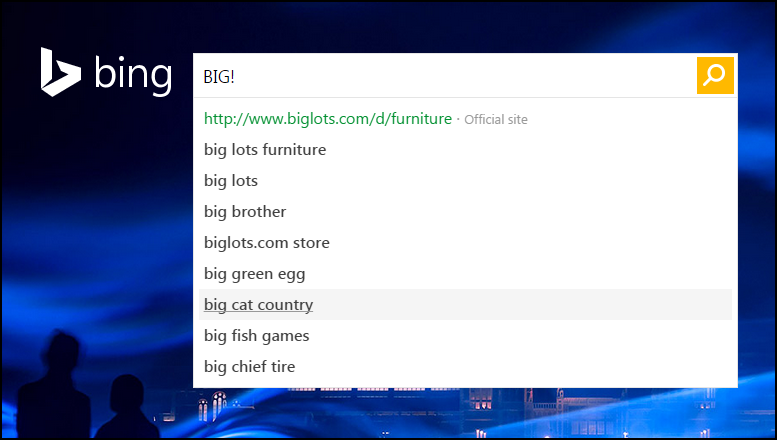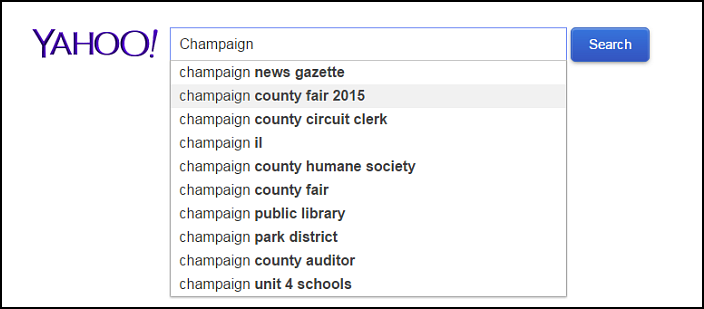While generating the maximum exposure isn’t always the first thing your product development team thinks about when developing a product, it falls to marketers to inform our company’s prospective customers about this new and exciting product.
Unfortunately, rarely is the marketing team able to lead the product naming conversation; thus, by the time the product is ready to go to market, we are often handicapped in our options. Below you will find three guiding principles for product naming that enable maximum exposure once your product hits the market.
After all the hard work of developing a product, why name it in a way that reduces your ability to market?
Following the guidelines below when choosing a product name gives you the best chance to achieve the maximum amount of exposure while expending the least amount of resources.
Each rule below can be broken or ignored if necessary, but doing so will mean increased marketing costs over the life of the product.
Principle #1: Don’t allow search engines to guess
While massive strides have recently been made by modern search engine algorithms in their ability to determine the user intent behind a given search query, they are not perfect. In order for your product to achieve the maximum level of exposure, your greatest weapon is to remove as much guesswork from the equation as possible.
Principle #2: Don’t create product names that resemble a mistake
Avoid misspellings
Search engines automatically make adjustments for queries they deem to contain spelling errors.
Google has even gone so far as to automatically show users the results for what the algorithm assumed they were intending to spell. This greatly reduces exposure of your product until your misspelling is adjusted for in the algorithm.
Examples: Sinc, Sync, Reli, Mi, EZ, Lazer, Xport
In the past I ran the Search Marketing Program for a large global brand whose product name included a clever misspelling. Despite our efforts to promote the brand — including the expending of considerable resources — the top traffic driving keyword used by customers to access our 30+ global websites was the correct spelling.
Avoid Excessive Capitalization or Punctuation
In addition to the potential for search algorithms to categorize these types of names as misspellings, you may find that you’re prevented from fully advertising due to search engine regulations.
For instance, should you want to engage in pay per click (PPC) advertising tactics on Google, the search engine with the largest global market share, you may find your name is in opposition to their Editorial & Professional Requirements.
Examples: LLI, BIG!, ASPIRE, D-TRONIC, EZ+, FLOWERS, A.C.M.E.
Avoid product names that could be considered web code or incorrect parts of web code
In addition to search engines, even modern web browsers are now making automatic adjustments for these common mistakes.
Examples: com, Log, Meta, Bold, Link, Flash, Zip, Dash
Avoid using search operators
Search engine algorithms can become confused when a user performs a query which includes search operators such as certain punctuation, symbols and code. The query may look incomplete if these operators are included.
Examples: +, –, OR, $, @ and ”
While the examples above are all less common, over the past few years the #, or hashtag, now signals to many algorithms that a user is looking for trending topics. A full list of the search operators for Google can be found here. Fair warning — these do change over time.
Avoid using stop words
Stop words are words that search engines typically do not consider when determining results of a search query. There is no definitive confirmation of every stop word that any specific major search engine uses, as that’s part of their secret sauce, but as a general guide they are good to ignore when naming your products. If a search engine doesn’t even consider your name as part of the query, you’re not getting maximum exposure.
Example: all single letters are considered stop words — A, Z, X, P, M
Example: all phonetically spelled numbers are considered stop words (six, nine, one hundred)
Principle #3: Don’t create a product name that forces an automated system to choose between you and a location.
Names without a modifier that correspond to a city, state, region, territory, country or continent will force search engine algorithms to decipher if the intent was to look for a product or find out more about a location. In today’s hyper mobile environment, which one do you think will win?
Examples: Paris, Berlin, London, Champaign, NorthWest, Scandinavia, Burgundy, Catalonia
Avoid using animal names, especially ones which that correspond to sports teams.
Examples: Bears, Lions or Hawk
Principle #4: Create a unique product name that maximizes your potential to be matched for any and all related search queries
Avoid using common words or broad categories
Using a common word ensures that the first few results returned when a prospective customer searches for your product will not belong to you.
These types of searches typically return definitions from multiple sources and other enhanced search results like images, videos and news. While these results reduce your visibility on desktop searches by pushing you lower, it can completely banish you on mobile devices due to a decreased number of available slots. When it comes to promotion, the broader the common word, the more competition it has and the more expensive it will be to compete on.
Examples: Orange, Laser, Zen, Bridge, Bucket, Pale
Avoid using two and three letter words, acronyms or abbreviations
This is the most cost prohibitive rule to break as there are multiple overlapping uses for two and three letter search terms.
Stock symbols (CAT) and trade associations (ADA, AMA) are common results for three letter search queries. Acronyms and abbreviations are often used in email, messenger programs, SMS, Twitter and other types of communications that require shortened lengths. These meanings can change quickly over time.
Examples: NEO, NOW, ACT, AIM, ATM
Examples: iNi (I’m not interested), AKA (also known as), AFK (away from Keyboard), BG (Big Grin), JIC (Just in Case)
While the list above may instill a sense of hopelessness, take heart because all is not lost. There are several good options to name your product.
- Do create product names that are verbs. Verbs are treated differently than nouns in search queries and are therefore much easier to search for.
Examples: Aspire, Inspire, Quick
- Do create product names that contain four or more letters. Essentially, the more clues you give the search engine algorithms, the better. Using four or more letters will help you completely avoid all of the issues associated with two to three letter names.
Examples: Verve, Pulse, Vibe, Pure
- Do create product names that are multi-word combos. Multi-word combos contain two signals that help search engines algorithms understand that the search is product related and not informational. Successful products that use this tactic include “QuickTime,” “TurboTax” and “Wet Jet.”
One special note here: if you are creating a multi-word combo, do not hyphenate or otherwise punctuate the combination. This will result in the product name not following several of the previously mentioned rules.
Examples: “Easy Step,” “Quick Test,” “Easy Edge” and “Quick Check”
You might also like
Marketing Research Chart: SEO most effective tactic for lead gen, but also among the most difficult [From MarketingSherpa]
Marketing Research Chart: To improve SEO effectiveness, content is king [From MarketingSherpa]







